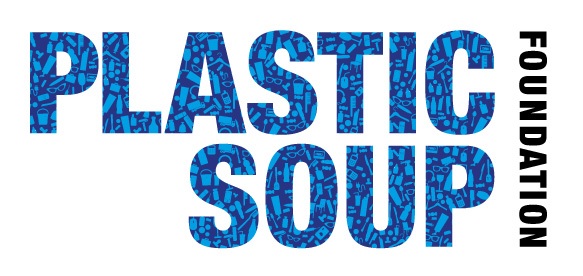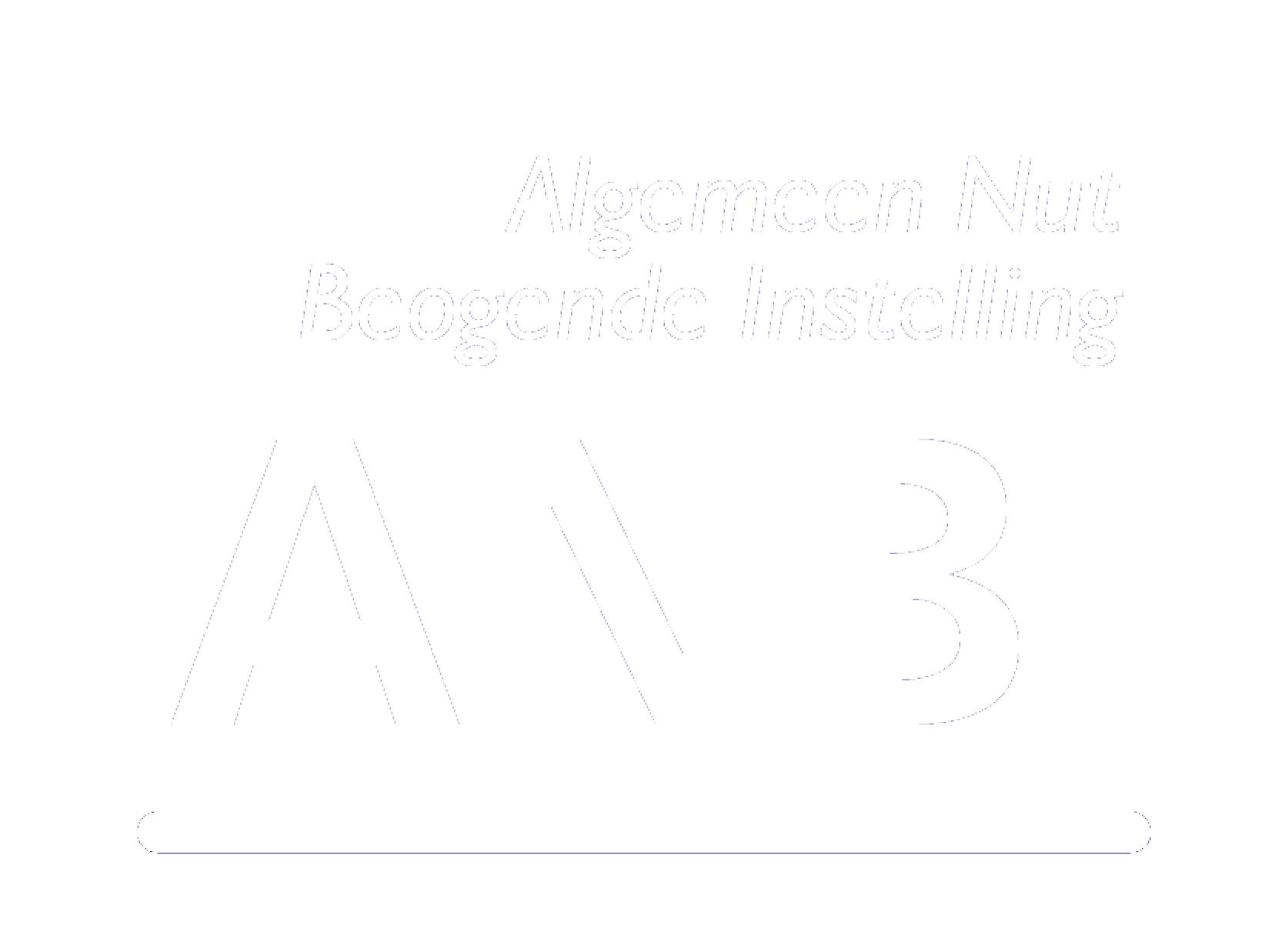19 July 2022
Obtaining drinking water from the air by capturing drops of condensation. The Dutch artist and inventor, Ap Verheggen, has managed it. His invention can produce drinking water anywhere in the world. His dream: sufficient safe drinking water for everyone.
If his dream comes true, it would also be incredibly good news for the plastic soup. Anyone having the equipment would never need to buy drinking water in PET bottles again. This is especially good news for people who are not connected to piped water.
THE GROWING WATERFALL
After 10 years of experimentation and support from the Dutch Ministry of Defence, Verheggen presented his invention at the World Expo 2020 in Dubai. The installation produced up to 1,200 litres of water from the dry desert air every day. Water vapour condenses into cooled droplets of water. In turn, the falling droplets extract the humidity from the air, thus creating a growing waterfall. Visitors to the Netherlands Pavilion were given this water to drink. Some part was used to grow plants in the desert.
SUNGLACIER’S DROPPLER
You do not even need to be connected to the power grid as the power needed to cool the water and pump it upwards can be generated by solar panels. Each kWh will produce three litres of water. The Droppler, tested in the desert of Mali, produces up to 30 litres of water a day. The technology was patented by SunGlacier Technologies B.V., Verheggen’s company.
When asked, Verheggen told the Plastic Soup Foundation that his company and a large machine building company will soon launch an industrial version of his prototype on the market. He also spoke of a version that should be able to produce 1,000 to 2,000 litres of water a day. The prices are not yet available.
NO LONGER DEPENDENT ON PET BOTTLES
The worst pollution by PET bottles is found in regions where the population is completely dependent on bottled water. These are areas without piped water and where potable water cannot, or can no longer be, pumped up from wells. The dependence on bottled water comes at a very high cost though. The drinking water is heavy and needs to be transported across large distances from areas where it is taken from groundwater sources. Continuously buying bottles is also expensive. And last but not least, empty bottles pollute the environment. As plastic never degrades, the pollution is only increasing. This was vividly illustrated in 2018 in a town in Cambodia.
PSF’S WISH
The Droppler is, in short, a proven technology with wonderful sustainable potential. Plastic Soup Foundation would like to know how realistic that potential is. We invite consultants to conduct an independent analysis pro bono on:
- how long it takes to recover the costs of purchasing a mobile Droppler if no PET bottles containing water need to be bought anymore;
- how can people with little purchasing power, who would most benefit from a Droppler and who live in remote areas where water is scarce, have the equipment prefinanced; and,
- what are the biggest obstacles to achieving Verheggen’s dream?
Who will take on this challenge for us?
Photo: Prototype of the Droppler, Hessel Waalewijn
You may also be interested in:
Camels continue to die of plastic in the desert
Do not reuse supermarket water bottles
Three problems with the global Sustainability Goals in terms of the plastic soup





